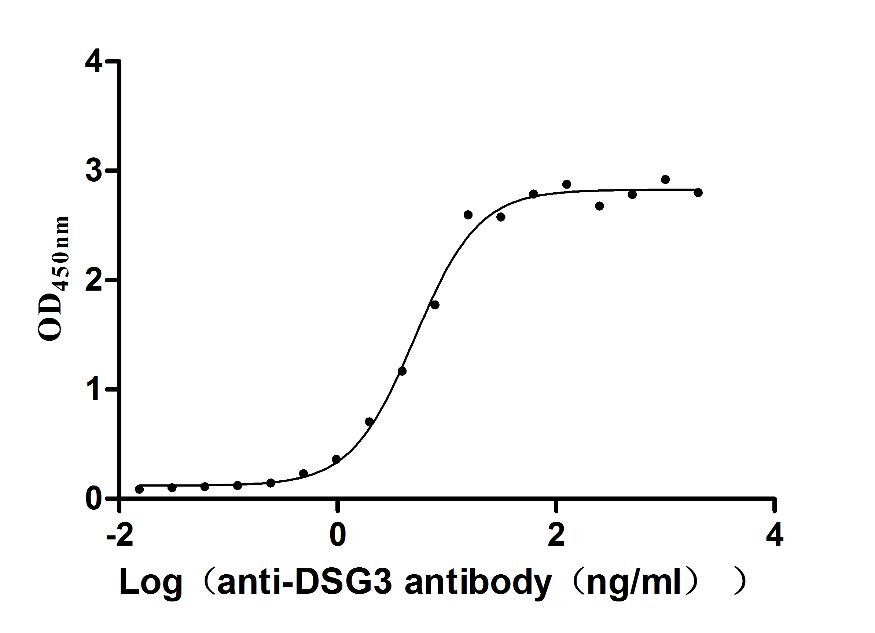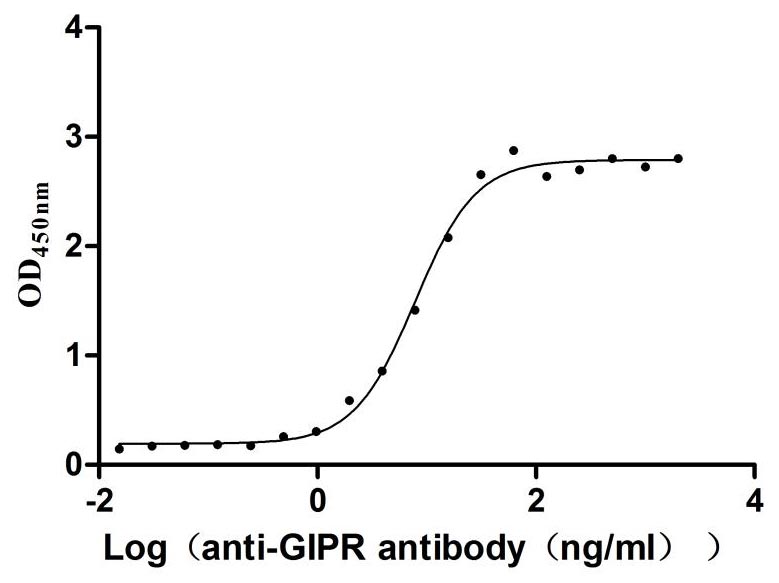Recombinant Human NLR family CARD domain-containing protein 4 (NLRC4), partial
-
中文名称:人NLRC4重组蛋白
-
货号:CSB-YP873615HU
-
规格:
-
来源:Yeast
-
其他:
-
中文名称:人NLRC4重组蛋白
-
货号:CSB-EP873615HU
-
规格:
-
来源:E.coli
-
其他:
-
中文名称:人NLRC4重组蛋白
-
货号:CSB-EP873615HU-B
-
规格:
-
来源:E.coli
-
共轭:Avi-tag Biotinylated
E. coli biotin ligase (BirA) is highly specific in covalently attaching biotin to the 15 amino acid AviTag peptide. This recombinant protein was biotinylated in vivo by AviTag-BirA technology, which method is BriA catalyzes amide linkage between the biotin and the specific lysine of the AviTag.
-
其他:
-
中文名称:人NLRC4重组蛋白
-
货号:CSB-BP873615HU
-
规格:
-
来源:Baculovirus
-
其他:
-
中文名称:人NLRC4重组蛋白
-
货号:CSB-MP873615HU
-
规格:
-
来源:Mammalian cell
-
其他:
产品详情
-
纯度:>85% (SDS-PAGE)
-
基因名:
-
Uniprot No.:
-
别名:and NACHT-containing protein; CARD 12; CARD; CARD LRR and NACHT containing protein 1; CARD LRR and NACHT containing protein; CARD12; Caspase recruitment domain containing protein 12; Caspase recruitment domain family member 12; Caspase recruitment domain-containing protein 12; CLAN 1; CLAN A; CLAN; CLAN B; CLAN C; CLAN D; Clan protein; CLAN1; CLANA; CLANB; CLANC; CLAND; CLR 2.1; CLR2.1; ICE protease activating factor; Ice protease-activating factor; Ipaf; LRR; NLR family CARD domain containing 4; NLR family CARD domain-containing protein 4; NLRC 4; NLRC4; NLRC4_HUMAN; NOD like receptor C4; Nucleotide binding oligomerization domain leucine rich repeat and CARD domain containing 4; UNQ6189/PRO20215
-
种属:Homo sapiens (Human)
-
蛋白长度:Partial
-
蛋白标签:Tag type will be determined during the manufacturing process.
The tag type will be determined during production process. If you have specified tag type, please tell us and we will develop the specified tag preferentially. -
产品提供形式:Lyophilized powder
Note: We will preferentially ship the format that we have in stock, however, if you have any special requirement for the format, please remark your requirement when placing the order, we will prepare according to your demand. -
复溶:We recommend that this vial be briefly centrifuged prior to opening to bring the contents to the bottom. Please reconstitute protein in deionized sterile water to a concentration of 0.1-1.0 mg/mL.We recommend to add 5-50% of glycerol (final concentration) and aliquot for long-term storage at -20℃/-80℃. Our default final concentration of glycerol is 50%. Customers could use it as reference.
-
储存条件:Store at -20°C/-80°C upon receipt, aliquoting is necessary for mutiple use. Avoid repeated freeze-thaw cycles.
-
保质期:The shelf life is related to many factors, storage state, buffer ingredients, storage temperature and the stability of the protein itself.
Generally, the shelf life of liquid form is 6 months at -20°C/-80°C. The shelf life of lyophilized form is 12 months at -20°C/-80°C. -
货期:Delivery time may differ from different purchasing way or location, please kindly consult your local distributors for specific delivery time.Note: All of our proteins are default shipped with normal blue ice packs, if you request to ship with dry ice, please communicate with us in advance and extra fees will be charged.
-
注意事项:Repeated freezing and thawing is not recommended. Store working aliquots at 4°C for up to one week.
-
Datasheet :Please contact us to get it.
相关产品
靶点详情
-
功能:Key component of inflammasomes that indirectly senses specific proteins from pathogenic bacteria and fungi and responds by assembling an inflammasome complex that promotes caspase-1 activation, cytokine production and macrophage pyroptosis. The NLRC4 inflammasome is activated as part of the innate immune response to a range of intracellular bacteria.
-
基因功能参考文献:
- Study findings suggest that NLRC4 may be involved in the exacerbation or modification of psoriatic lesions. PMID: 29797527
- Cryo-EM structures of ASC and NLRC4 CARD filaments reveal a unified mechanism of nucleation and activation of caspase-1 PMID: 30279182
- obesity-associated NLRC4 inflammasome activation/ interleukin-1 signalling promotes breast cancer progression in humans and in mouse models PMID: 27708283
- this study shows that human NAIP-NLRC4-inflammasome senses the Pseudomonas aeruginosa T3SS inner-rod protein PMID: 28992059
- mRNA expression levels of NLRP1 and NLRC4 were not altered in chronic hepatitis B patients, suggesting that these genes are not responsible for the impaired immune responses against HBV observed in these patients. PMID: 27750030
- The authors describe a novel mutation in NLRC4 in a large pedigree causing an NLRC4-associated, partially anakinra-responsive AID, dominated by cutaneous erythematous nodes and urticarial rash, arthralgias, and late-onset enterocolitis. PMID: 27203668
- Results found that NLRC4 expression increased in for promoting DN progression and demonstrate NLRC4-driven IL-1beta production as critical for the progression of DN. PMID: 27706238
- Ubiquitin-tagged NLRC4 could induce cell death and activate caspase-8 independent of Ser(533) phosphorylation. Our PMID: 27974463
- LPS activates the MAPK pathway in macrophages, thus resulting in the upregulation of NLRC4; however, NLRC4 inhibits IL1beta and IL18 production, contributing to the anti-inflammatory response. PMID: 27175981
- High expression of NLRP3, NLRC4, and CASP1 in background non-tumorous liver is significantly correlated with poor prognosis of patients after resection of hepatocellular carcinoma. PMID: 28011505
- association of IL-18 levels with a single nucleotide polymorphism in the untranslated exon 2 of the inflammasome component NLRC4 PMID: 26362438
- While both contributing to pathogen clearance, NLRP3 more than NLRC4 contributes to deleterious inflammatory responses in cystic fibrosis and correlates with defective NLRC4-dependent IL-1Ra production. PMID: 26972847
- analysis of a subset of inflammasome receptors including NLRP3, NLRC4 and AIM2 that triggers formation of the micrometer-sized spherical supramolecular complex called the ASC speck PMID: 26258904
- Thus, pathogenic inflammasome activity during Candida infection is negatively regulated by the IL-22/NLRC4/IL-1Ra axis. PMID: 26269955
- cN-II co-immunoprecipitated both with wild type Ipaf and its LRR domain after transfection with corresponding expression vectors, but not with Ipaf lacking the LRR domain. PMID: 25811392
- Elevated expression of IPAF was associated with inflammation in patients with pemphigus vulgaris disease. PMID: 25342284
- Data indicate that NLR family CARD domain containing 4 protein (NLRC4) is a causative gene for familial cold autoinflammatory syndrome (FCAS). PMID: 25385754
- Data show that the disease was caused by a de novo gain-of-function mutation in NLR family CARD domain containing 4 (NLRC4) encoding a p.Val341Ala substitution. PMID: 25217960
- inflammasome (also known as NLRC4) has been demonstrated to play a role in host defense mechanisms against pathogen-associated molecules PMID: 24054992
- This review describes the surprisingly diverse mechanisms by which NLRC4 senses bacteria and initiates innate immune responses. PMID: 23215645
- the NAIP5-NLRC4 inflammasome is induced by direct interactions with conserved N- and C-terminal regions of flagellin PMID: 23012363
- NLRC4 is important for host survival and bacterial clearance, as well as neutrophil-mediated inflammation in the lungs following Klebsiella pneumoniae infection. PMID: 22547706
- Twelve single nucleotide polymorphisms within NLRP1, NLRP3, NLRC4, CARD8, CASP1, and IL1B genes were analyzed in 150 HIV-1-infected Brazilian subjects. PMID: 22227487
- Genetic analysis of Chromobacterium violaceum infection revealed that the TTSS needle protein CprI can stimulate NLRC4 inflammasome activation in human macrophages PMID: 21918512
- [review] role of NLRC4 inflammasome and pathways in innate immune detection of bacterial virulence factors PMID: 20349122
- Apaf-1 protein expression did not correlate with Apaf-1 mRNA levels in human leukaemic blasts.Apaf-1 DNA promoter methylation might contribute to the inactivation of Apaf-1 expression PMID: 12545166
- CLAN regulates several events central to host defense mechanisms against invading bacteria: modulating relative sensitivity of macrophages to lipopolysaccharide and peptidoglycan, and impacting host-pathogen interactions. PMID: 15528373
- p53 can directly induce Ipaf gene transcription, which contributes to p53-dependent apoptosis in at least some human cells PMID: 15580302
- Involvement of caspase 1 and its activator Ipaf upstream of mitochondrial events in apoptosis PMID: 16817903
- hNAIP and hIpaf mediate innate intracellular defense against flagellated Legionella in human cells. PMID: 18453601
显示更多
收起更多
-
相关疾病:Autoinflammation with infantile enterocolitis (AIFEC); Familial cold autoinflammatory syndrome 4 (FCAS4)
-
亚细胞定位:Cytoplasm. Cytoplasm, cytosol. Inflammasome.
-
组织特异性:Isoform 2 is expressed ubiquitously, although highly expressed in lung and spleen. Isoform 1 is highly expressed in lung, followed by leukocytes especially monocytes, lymph node, colon, brain, prostate, placenta, spleen, bone marrow and fetal liver. Isofo
-
数据库链接:
Most popular with customers
-
Recombinant Human T-cell surface protein tactile (CD96), partial (Active)
Express system: Mammalian cell
Species: Homo sapiens (Human)
-
Express system: Mammalian cell
Species: Homo sapiens (Human)
-
Recombinant Human Epithelial discoidin domain-containing receptor 1 (DDR1), partial (Active)
Express system: Mammalian cell
Species: Homo sapiens (Human)
-
Recombinant Human Claudin-6 (CLDN6)-VLPs (Active)
Express system: Mammalian cell
Species: Homo sapiens (Human)
-
Recombinant Macaca fascicularis Trophoblast glycoprotein (TPBG), partial (Active)
Express system: Mammalian cell
Species: Macaca fascicularis (Crab-eating macaque) (Cynomolgus monkey)
-
Recombinant Human Claudin-6 (CLDN6)-VLPs, Fluorescent (Active)
Express system: Mammalian cell
Species: Homo sapiens (Human)
-
Recombinant Human Desmoglein-3 (DSG3), partial (Active)
Express system: Baculovirus
Species: Homo sapiens (Human)
-
Recombinant Rat Gastric inhibitory polypeptide receptor (Gipr), partial (Active)
Express system: Mammalian cell
Species: Rattus norvegicus (Rat)


-AC1.jpg)
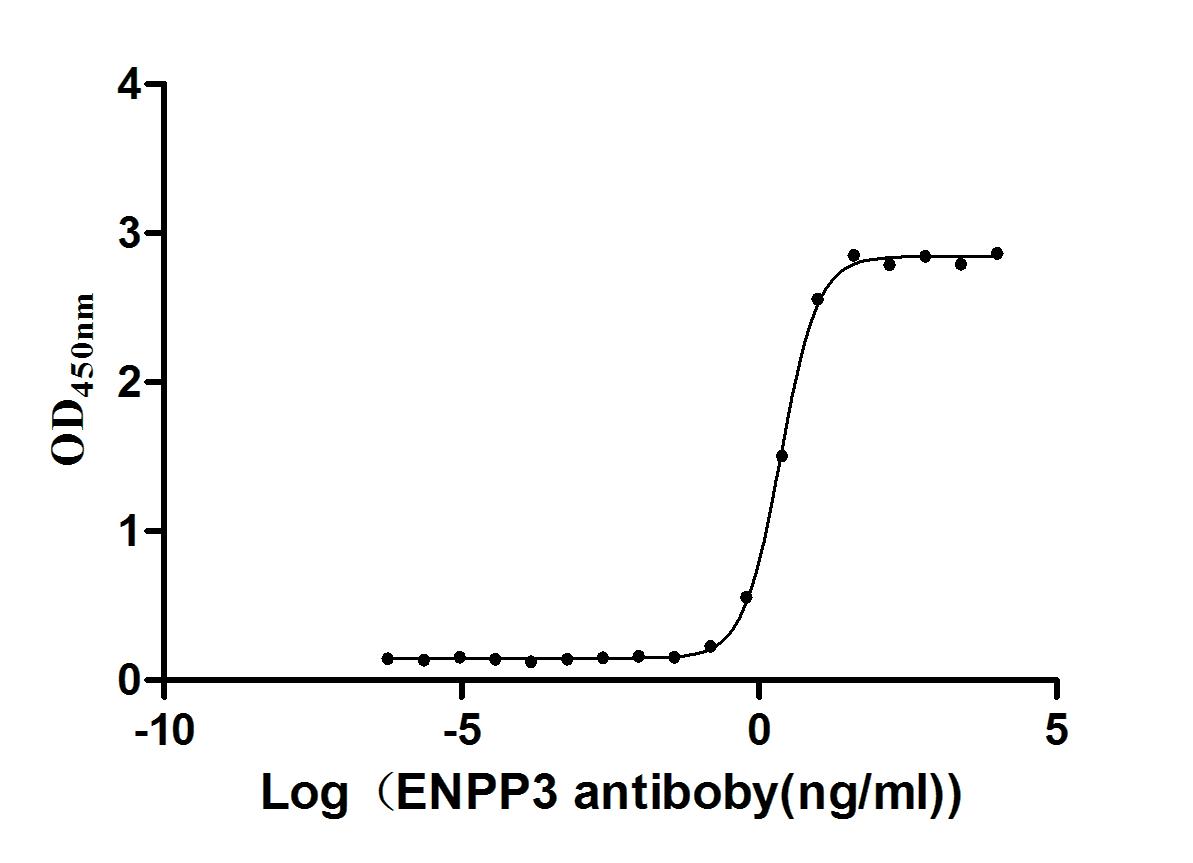
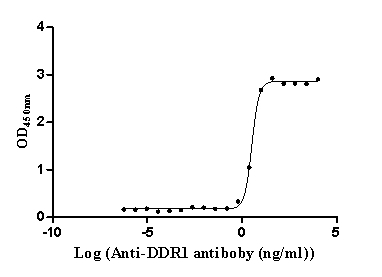
-AC1.jpg)
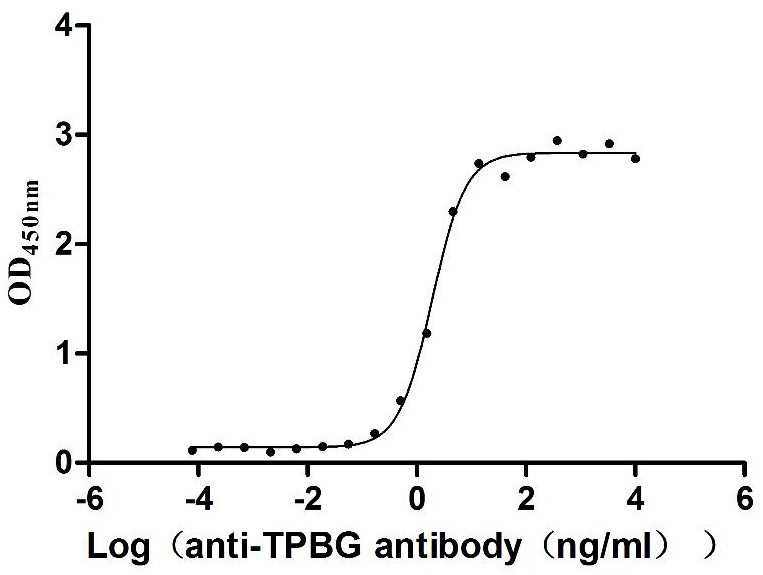
f4-AC1.jpg)
